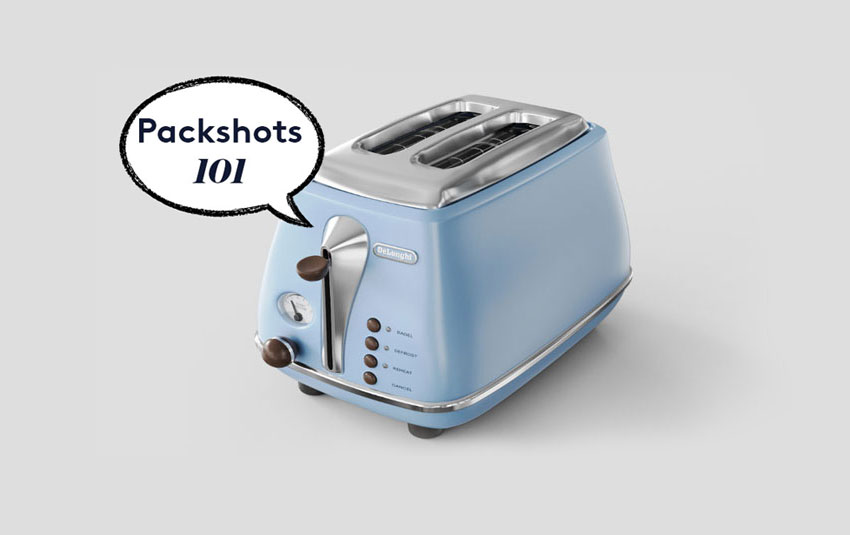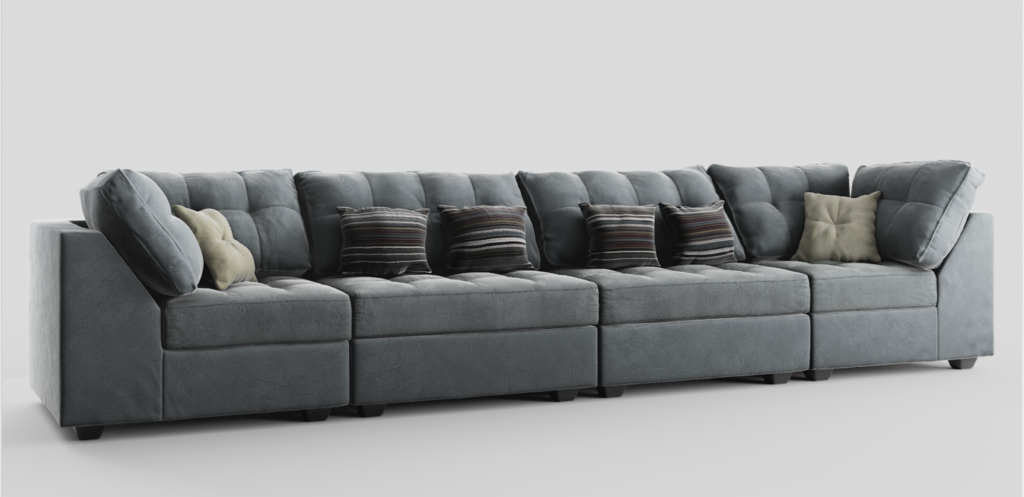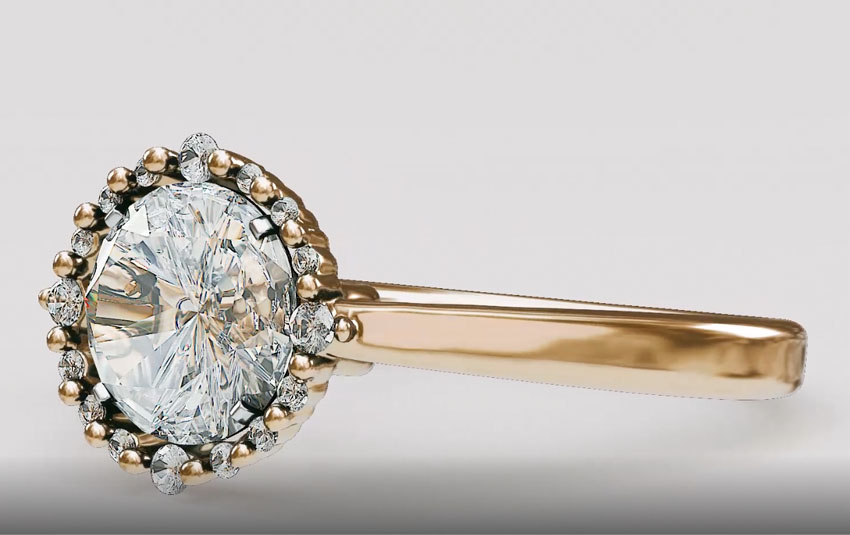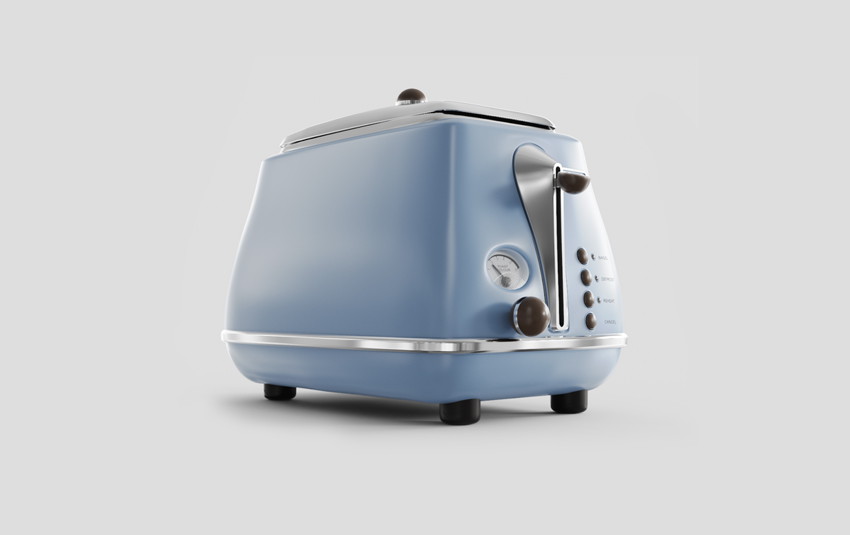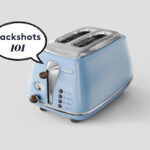What is Packshot Photography?
Packshot photography, also called packaging shot and pack shot, is a type of product photography that you are likely to see anywhere you look. From editorial to catalogs, billboards to websites, and more, packshots emphasize a product, whether it be with or without its labeling and packaging.
Commonly, packshots are displayed on a distraction-free (typically grey or white) background to showcase the product in its entirety. High-quality and focused packshots end up serving multiple purposes as they can be used across various outputs like billboards, brochures, and banners, to name a few.
In the eCommerce realm, packshots exist on every product page and across marketing campaigns, which make them the lifeblood of digital sales and customer experiences. And, while they are the lifeblood to shopping experiences, they can be the blood suck of any company that has to produce them.
The Constraints of Packshot Photography (As You Know It)
To create a packshot, it requires retailers to book a studio, physically provide the item in hand, set up the proper lighting, hire a professional photographer, and spend adequate time to photograph/edit multiple angles of the product. If you’ve done it before, you’re well aware of the challenges. If you’re new to this world, you can quickly realize how much of a pain this can become.
To push the picture home, consider this – you’re a retailer with 1,000 high-value SKUs, ranging from diamond rings and watches to hand-crafted furniture. You want to sell these items online, but that would entail booking two different sized studios (to accommodate both the large and small products) and having to pay to insure the inventory for transportation. That’s just the beginning of the line items on your budget and to-do list.
You’ll have to also hire a professional photographer to start capturing all these SKUs. What happens if your jewelry supplier changes a design or redesigns the same furniture with new fabric after your photoshoot is completed? Then, you’re back to the studio to shoot, yet again. You can already see how this workflow can add up.
This time-consuming and costly process of packshot photography can put a drain on your business, as well as its operations. Alternatively, you can make use of digital twins (which solves all these problems and more).
A Triple Threat Solution Exists
A digital twin is a 3D-generated recreation of any tangible object. It is the physical product’s digital twin. And, with access to a digital twin, you can extract the most value from the 3D model.
In the example above (and any other that you could think of), you could instead use the digital twin for packshots. This completely replaces the need for photoshoots, photographers, editors, transportation of goods, insurance, and the like.
Beyond the customer experience are the added benefits of cost savings for retailers, the ability to reach sustainability goals, and a way to satisfy customers – it’s a win-win-win for all.
To review, here are some of the main advantages of using 3D models for packshots:
Remove the Need for Costly Photoshoots
When it comes to marketing and sales efforts online, retailers have to transport physical inventory from manufacturers or warehouses to studios for photoshoots.
Photoshoots are time-consuming and expensive, requiring an entire production team, models, location, editing, and more. Once the photos have been taken, they move into post-production. By the time the packshots go live on a website, the products could have already been sold out if instead they were uploaded using 3D models. You also no longer have to rely on hiring a production team and professional models to capture your products (the cost savings are immediate).
Reach Sustainability Efforts
Along with the time and cost of photoshoots comes the carbon footprint associated with all the transportation and shipping of items. With 3D-generated packshots, retailers can create any view of their products using a single image of an item rather than having to move it around the world to and from locations.
Test the Market Pre-Manufacturing
If you have a product that has yet to go into production, but you wish to assess its market fit or market demand, you can do so using 3D models. Hexa can create digital twins of any products, even from CAD files. With nothing more than a design in mind, you can bring your product to market as if it physically existed without having to invest too much before you know its success rate. That’s one surefire way to mitigate risk.
Display Products In Full Effect
3D-generated model packshots for eCommerce are changing the way retailers and suppliers get to sell and market their products. In all the time you’d spend waiting for a photoshoot, editing, and uploading products, you can instead focus that energy on creating or buying new products to stay a step ahead. And, while you’re planning for the future, your existing products will already be selling out, thanks to the immediacy and scalability of 3D-generated model packshots.
With the help of AI, digital twins, and synthetic data, you can reach your sustainability goals (or put new ones into action), reduce costs, save time, and test product/market fit before ever having to go into production.
Stop the scroll in its tracks and shift your shoppers to buyers with easy-to-create 3D mode-generated packshots. Schedule a demo with Hexa to see how your products can come to life without ever having to be physically touched or transported.
![]() . דרך התפריט ניתן להגדיל קונטרסט, ולהדגיש קישורים.
. דרך התפריט ניתן להגדיל קונטרסט, ולהדגיש קישורים.